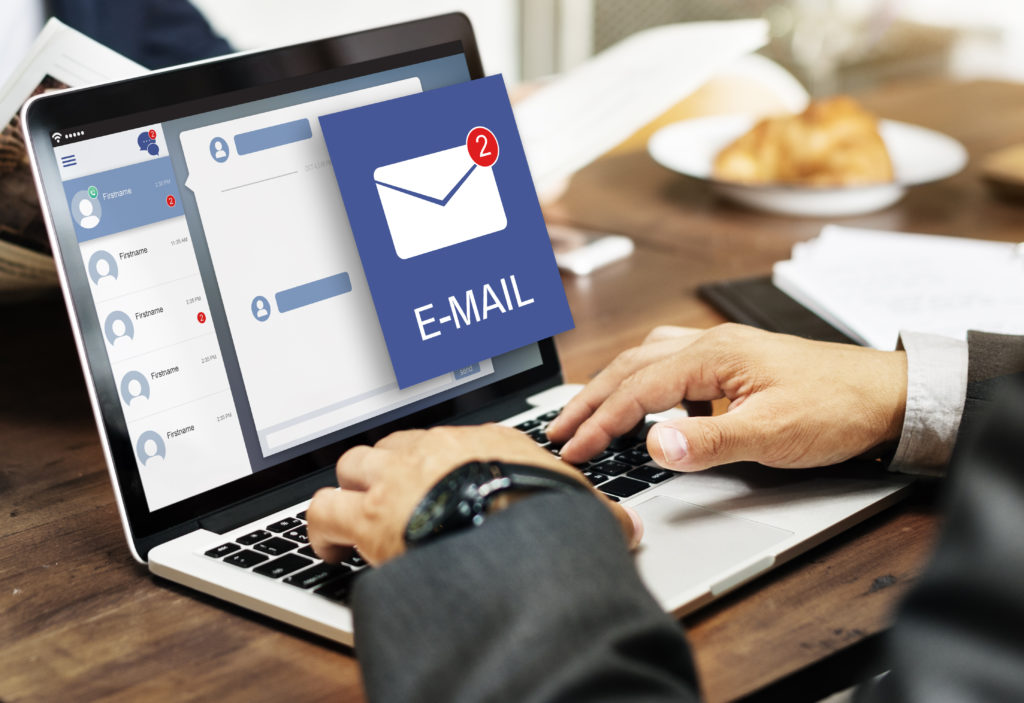More than 269 billion emails are sent every day worldwide, and the average office worker in the US gets more than 840 a week. While email is fast and convenient, as managers, we have to be careful to avoid common pitfalls that kill productivity and drive employees, vendors, and clients crazy. I’ve outlined five missteps to avoid in the new year.
1. Jump Ball Emails: We’ve all received (or sent) jump ball emails. This is an email sent to multiple people with a request, but no one person is named as truly responsible. Jump ball emails have a couple of possible negative results: 1) No one feels responsible to execute the task, so no one responds or follows through. 2) Everyone feels responsible, so multiple people fulfill the request, thus doubling or tripling the work. If you want to send a request to multiple people, be clear as to who on the email chain is responsible for organizing the response, or assign particular requests to individuals.
2. Nonsense Responses: Who has sent an email with multiple questions to someone, only to receive a one-word answer? In a fast-paced work environment where more and more people are using smartphones for email, nonsense responses are a real problem.
Example:
To: Frank
We have two possible ads to run tomorrow, do you want to do the consumer-facing one or the business to business one? Also, are you okay with using the green version?
Frank: Yes.
Nonsense responses then require two to three more emails (or a phone call) just to clarify the answers. The easy fix to this issue is to slow down and read full emails before dashing off a one-word response and hitting send. (Also, you can avoid being the recipient of nonsense responses: include only one clear yes or no question in each email.)
3. Runaway Chains: In an effort to keep everyone informed, it’s tempting to add as many people to an email chain as possible. However, as reply-all responses to the original email roll in, the emails start stacking up in everyone’s inbox. It becomes even more inefficient when side topics, which may only affect a few recipients, start popping up on the same wider thread. This can result in dozens of emails polluting inboxes that all have the same subject line and are increasingly irrelevant to the original group. Don’t be afraid to drop respondents and start new chains with relevant subject lines. It will reduce junk and make it easier to search for information later.
4. Rudeness: As texting and Twitter becomes an even bigger part of our communication environment, their ultra-abbreviated format has influenced other forms of business communication like email. While we’re all in a hurry, basic politeness shouldn’t be a casualty of technology. Email doesn’t have character limits so don’t drop the use of please and thank you when appropriate. Employees want to feel appreciated for their work.
5. Phone Phobia: Sometimes the best email is actually a phone call. When things are unclear or tone cannot be determined, a quick phone call (or just walking down the hall) can clear things up much faster than multiple emails. The phone can also be good when you can’t seem to get a response to an email. Don’t be afraid to use old technology when it means you can get answers quickly.
Email is a great tool and huge part of our business environment. By avoiding these five missteps, it can be even more productive and a little less maddening.



